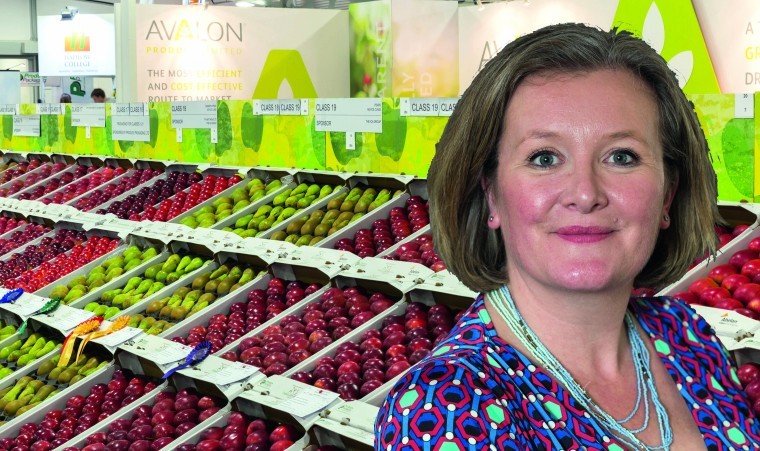We are in the midst of a new agricultural revolution. Everything about the way we farm, and are regarded, is changing at a rate never seen before. Policy, politics, social pressures, cost increases, return decreases, it’s all adding to the continual pressure on growers.
For a sector that has enjoyed rapid growth and the support of an intelligent and able foreign workforce, our biggest adjustment is going to be to the rapid integration of technology. This will both lighten the load on our permanent workforce and make it easier for those who join the business seasonally to get it right.
The bottom line is that we simply cannot afford to grow a dessert apple that isn’t within the 63-68mm size band. Almost anything outside that will lose money (there are exceptions). What we need is greater knowledge of what is going on in the orchard; we need to ensure that when we talk about that productivity heat map/digital twin of an orchard, it has all the information we need and growers are able to act on it.
How do we make this technology affordable at a time when margins are at their most squeezed? I was part of a webinar this week on behalf of the Agri-EPI Centre. The panel was talking about the use of drones and AI and their role in improving the quality of the product and tree health, as well as reducing environmental impact. You may have gathered that I’m not in the camp that subscribes to the ‘tech is bad, we need to do what our grandfathers did’ school of fruit growing at this time.
So – Outfield seems to be getting it right more often than not right now. They had a stand at the National Fruit Show and are at the forefront of developing a more affordable way of delivering information. They’re part of the Helios project managed by Hutchinsons, working with Innovate UK both through Catapult and EPI-Centre initiatives, giving them access to work on systems to analyse and interpret the data from the imaging technology.
Machine learning systems, conditional automation – when a human isn’t needed – is here and delivering fantastic insight. Starting with blossom management; there is variation in blossom density that just isn’t visible from the ground, even if you could walk all the rows in all the orchards.
Driving homogeny in fruit set delivers the optimum number of fruits on the tree, giving better returns. A good map delivers a layer of data showing where money is made or lost. The Outfield blossom mapping app delivers data to inform chemical thinning, instructing intelligent sprayers where treatment is required and where not.
‘In-fruit growth’ shows the size of trees, the canopy density and the volume of fruit set. Layering this information week on week produces a robust predictive model that shows the average fruit size by harvest. All the better for organising bins, storage and informing your marketing team of your really accurate crop estimation; by size not just by bin number.
Other speakers in the webinar shed light on how close we are to those autonomous sprayers, informed by soil, leaf canopy, blossom density, weather and pest threshold model data. There were discussions about ‘drone in a box’, with no operator required, solar powered and with a daily plan of flights, uploading information automatically.
There have also been great strides towards the availability of disease spotting through the use of multi-spectral cameras – being able to tell where mildew is starting before it’s visible to the naked eye. The majority of those who attended the webinar were the technicians who will be adding this technology to their range of support services, making them available to all growers.




